Dorinthea Ironsong was once a terror in competitive play, one of the strongest heroes during the Crucible of War era of the game for both Blitz and Classic Constructed. But with the release of Monarch, Dorinthea became notably less successful; two of the most popular new heroes – Prism and Chane – proved to be very difficult matchups for Dorinthea, with the Warrior often struggling to keep up with Chane’s aggressive pace and heavy armor while also having an extremely negative matchup into Prism’s auras. Despite continuing to put up good results in Blitz events, Classic Constructed was no longer her forte.
Times have changed. Chane and Prism have both hit the Living Legend list, while the Classic Battles pack and Dynasty have given Dorinthea some great new options. It may well be time for this Welcome to Rathe star to terrorize the tables once more!
A Quick Note:
Everything I’m saying here applies to Dorinthea Ironsong (and perhaps to Dorinthea, the blitz hero) – not to Dorinthea, Quicksilver Prodigy, an “alternate take” on the hero. For those interested in playing the Quicksilver Prodigy, check out my previous article on this topic.
Basic Dorinthea
Dorinthea Ironsong focuses on weapon attacks and attack reactions to threaten the opponent. Since Dorinthea often has her damage potential somewhat concealed (by boosting attacks at reaction speed), it can be difficult for an opponent to know how much they should commit to defense if they want to stop your powerful on-hit effects. This makes Dorinthea difficult to play against, and especially so against opponents who are unfamiliar with her card pool and may not realize what you can do.
Several of Dorinthea’s attack reactions become stronger when they are used against opponents who have defended from hand this turn (with either normal blocks or defense reactions); this is referred to on cards as reprise, and the keyword serves solely as shorthand for the effect it's about to explain. These effects can punish an opponent for blocking – but if they don’t block, the +1 counters on Dawnblade may prove very difficult to deal with.
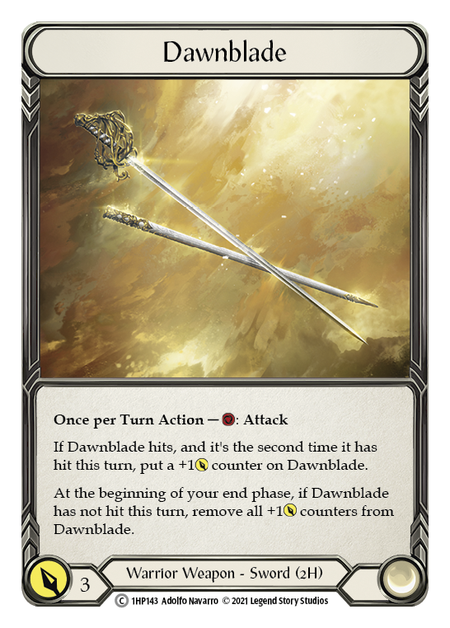
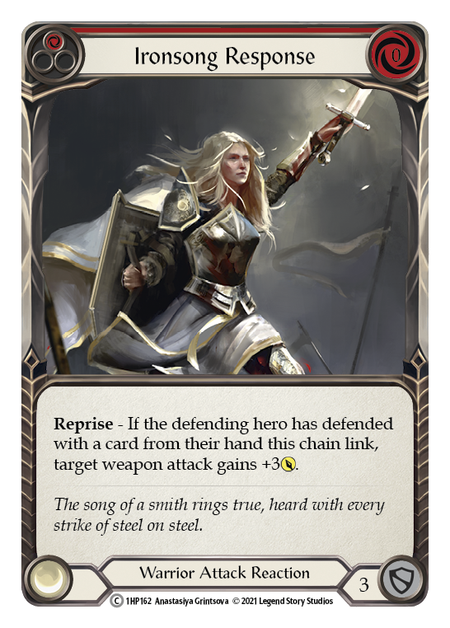
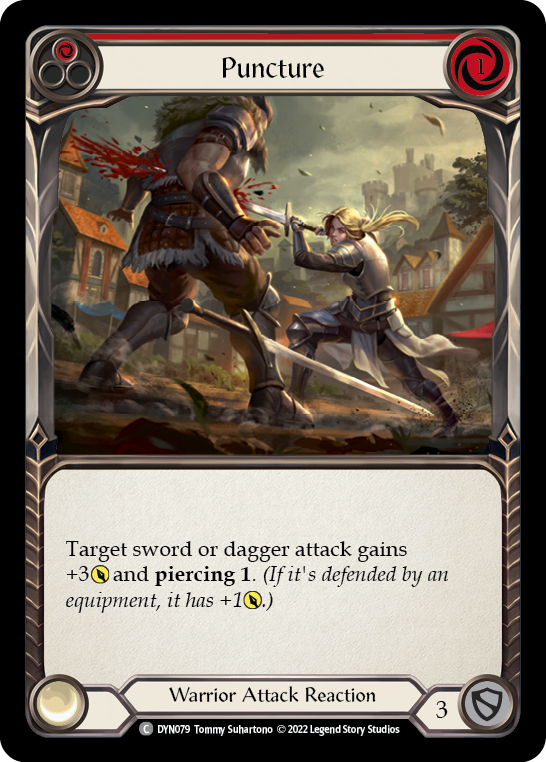
Further, as new cards are added to Dorinthea’s card pool, it becomes harder for opponents to evaluate what is or isn’t safe. For example, many attack reactions cost 1 for +3 (at red); the new Puncture can be 1 for +4, which means overblocking by three is less safe than it used to be if armor is part of the block. This means Dorinthea can be especially scary in a meta where few people are experienced at playing against her.
Relative to other aggressive decks, Dorinthea’s defense is unusually good: her attack reactions and non-attack reactions generally block for three, and she tends to have lots of armor. In the early Blitz meta, Dorinthea was known for the so-called “Warrior fridge” – between Arcanite Skullcap, Courage of Bladehold, Braveforge Bracers, and Refraction Bolters, a Dorinthea player potentially had a whopping ten armor with which to defend against the opponent and thwart key on-hit effects! This higher block value and higher armor makes Dorinthea somewhat more resilient to bad draws and more able to switch between attack and defense relative to other aggressive decks.
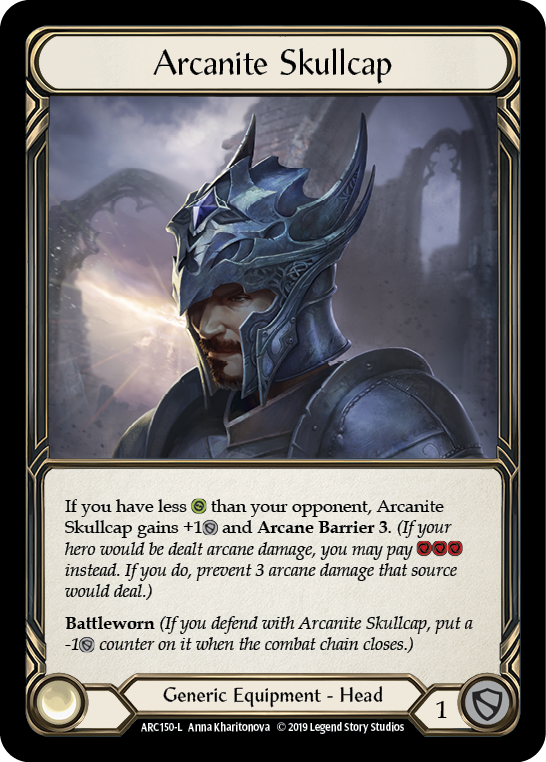
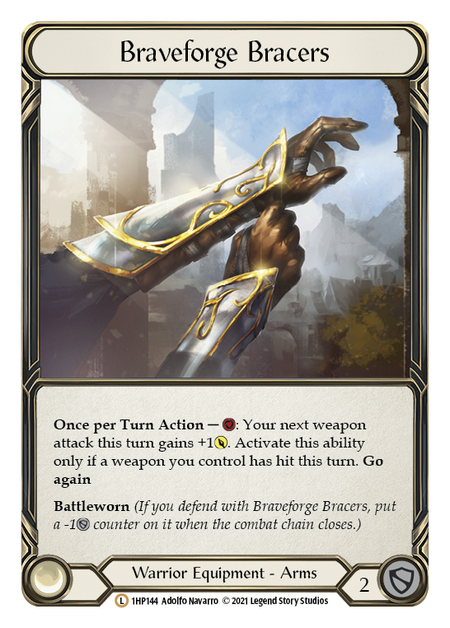
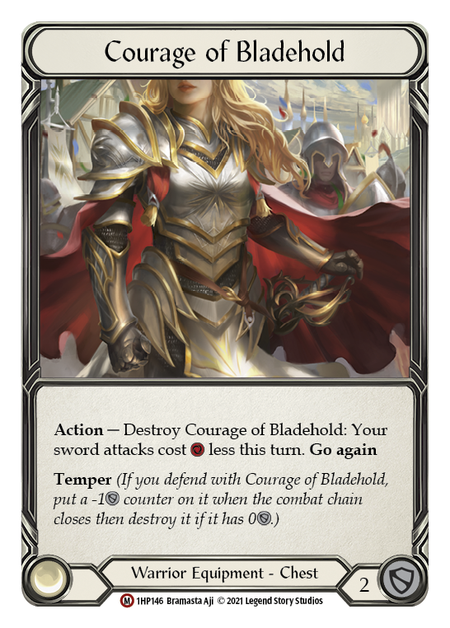
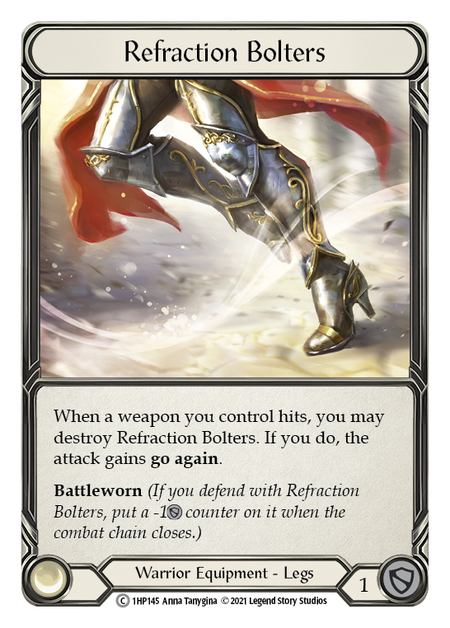
Dual Major
Unlike many heroes, Dorinthea generates most of her threat using weapon swings rather than attack action cards. The main styles of Dorinthea deck we’ve seen have been Dawnblade and “dual-wield” builds (which run either two Cintari Sabers, Hatchet of Body and Hatchet of Mind, or else one Cintari Saber and the new Quicksilver Dagger). The Dawnblade's gameplay is entirely unique among them, while all the other options play fairly similarly.
Dawnblade

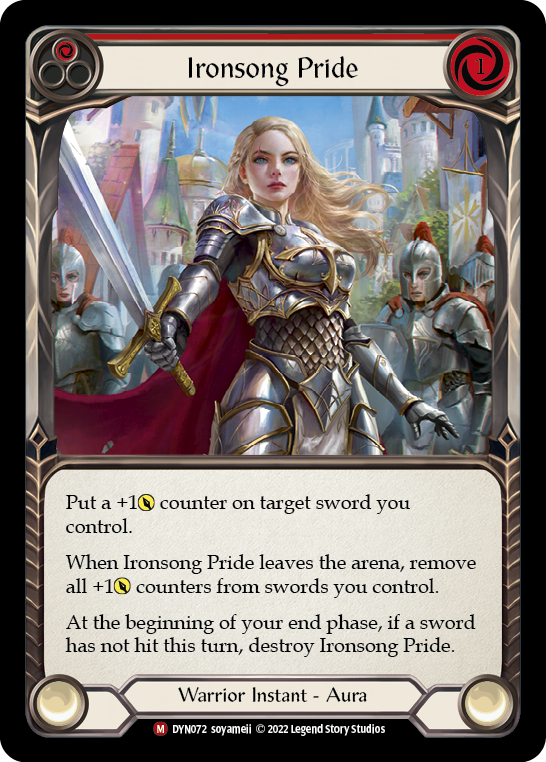
Dawnblade is a very aggressive weapon that can build up +1 counters if it scores two hits in a turn – the counters can be removed if the Dawnblade doesn’t land a hit at all in a turn, but otherwise stick around. This can be extremely valuable in “racing” matchups because it allows Dori to become more powerful as the game goes on if the opponent doesn’t block. Recent additions like Ironsong Pride and Glistening Steelblade have supported the Dawnblade even further in this, granting more ways to get counters onto the Dawnblade.
Dawnblade builds tend to pack a lot of non-attack actions and attack reactions to buff up the Dawnblade, sometimes excluding attack action cards altogether. Further, since so many of those Dawnblade buffs occur at reaction speed, it can be difficult to know just how much damage Dorinthea is threatening.
As hinted at before, there's advantage to be gained by playing her now: since Dorinthea isn’t as popular in the meta right now, you have a better chance of encountering opponents who aren’t used to facing Dorinthea and don’t know how to defend effectively!
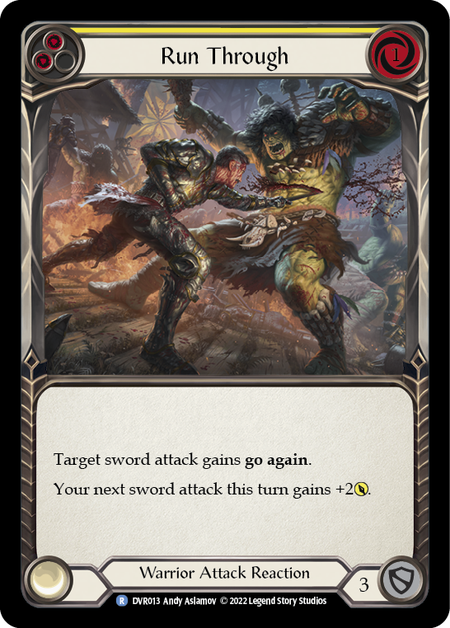

In general, Dorinthea relies on having effects that grant “go again”, like Warrior’s Valor or Run Through. These effects combine with Dorinthea’s hero ability to allow you to swing your Dawnblade twice in a turn, thus threatening to give it a +1 counter and making future turns even scarier! This combination means that Dorinthea is very good at generating “block pressure” – an opponent who tries to race Dorinthea is likely to fall behind!
One key card for Dawnblade builds comes from a bit of an unexpected source: Glistening Steelblade, currently found only in the Classic Battles box, is extremely powerful and creates a huge threat to opponents trying to race Dorinthea. While this card doesn’t provide any stats on its own, it means each of your attacks now threatens to generate an additional +1 counter – and this is on top of the counters already generated by Dawnblade!
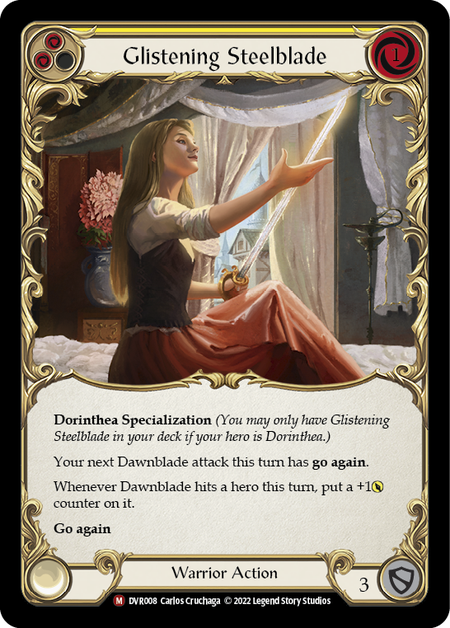
In the Crucible meta, even getting one or two Dawnblade counters was a very big deal – sometimes you’d go whole games without doing so! Nowadays, though, Glistening Steelblade means you can sometimes get three or even four Dawnblade counters in a single turn, taking you to an extremely strong position for future attacks! More than any other recent card, this one has brought me back to playing Dawnblade Dorinthea.
Dual-Wield
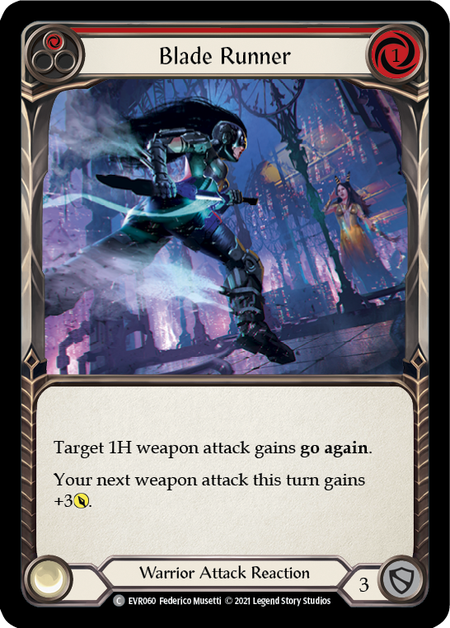
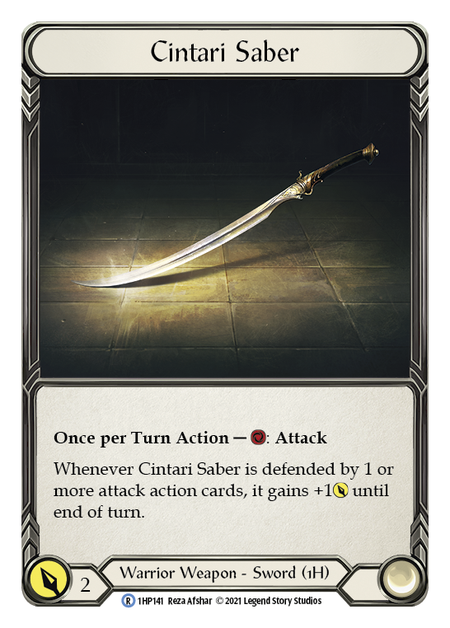
Dual-wield Dorinthea builds have long been a bit of a second fiddle to Dawnblade decks, but continue to get more support and may well prove strong in the future. These decks use cards like Blade Runner to generate unconditional “go again” and aim to swing at least twice each turn (sometimes three times if you can get the cards for it). In principle, this can generate a lot of value via repeated attacks that are annoying to block and the powerful Valiant Dynamo, which can refresh almost every turn given these builds’ attack pattern. Valiant Dynamo make it easy to block that critical breakpoint of 4.
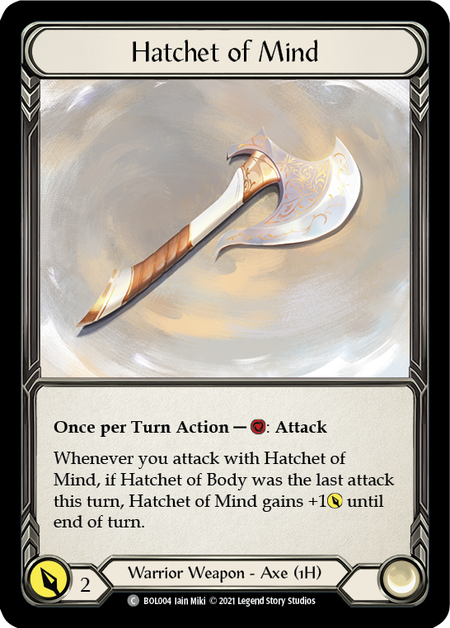
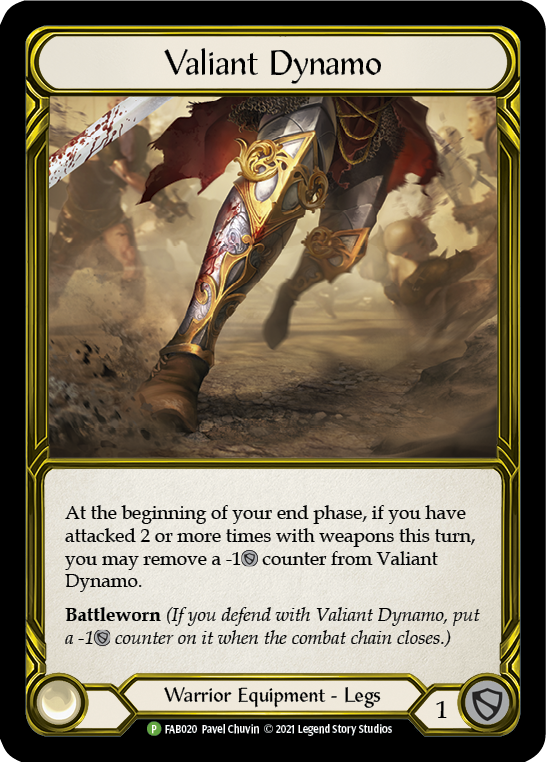
In general, this style of build does better in longer games where its efficiencies can repeatedly gain value. However, it doesn’t necessarily always make the best use of Dorinthea’s hero ability, and it can be resource-intensive. (Players familiar with Kassai, Cintari Sellsword may find themselves wishing they had access to a 40-life version of her hero card instead – especially since that would come with the excellent Blood on Her Hands!)
That said, dual-wield Dorinthea does have some advantages. Using Dorinthea as your hero means you can play Steelblade Supremacy and Singing Steelblade - still potent cards even without the Dawnblade.
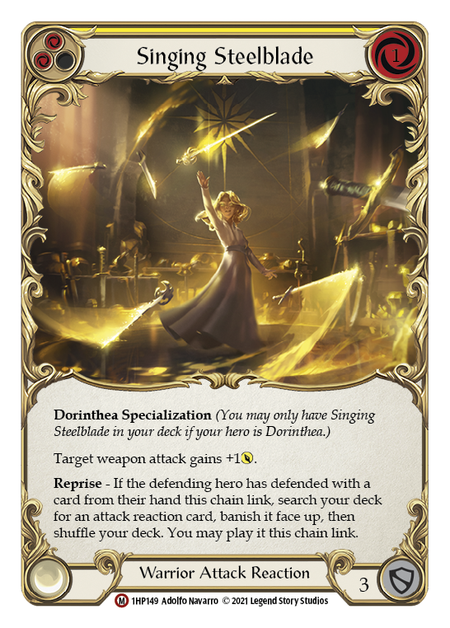
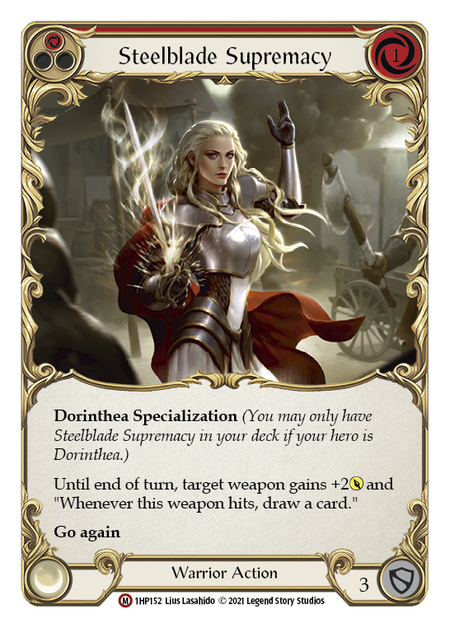
Further, on some occasions you may be able to use Dorinthea’s ability to swing an extra time in a turn – this is especially likely with Quicksilver Dagger, but can occur with other weapons as well if you have multiple go again sources and enough resources to pay for three attacks. Hit and Run is an especially strong card for enabling this, since it is a cheap go again source that also can be used to provide bonus damage.
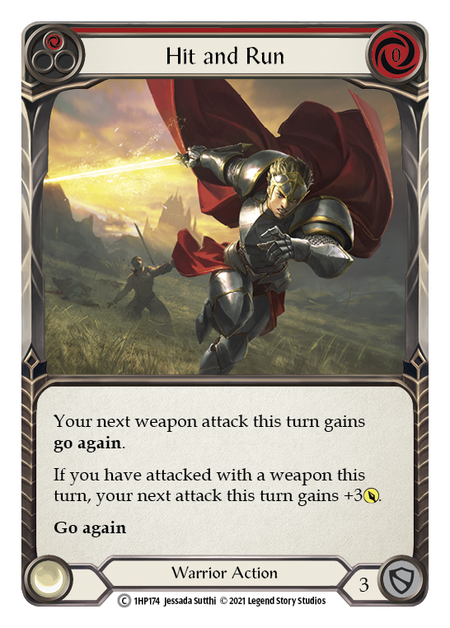
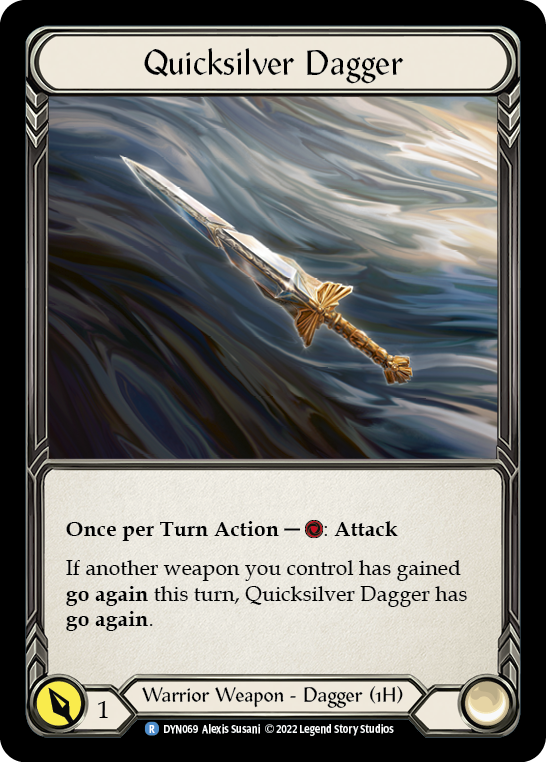
Overall, dual-wield Dorinthea hasn’t had as much success recently but is perhaps a build that is “waiting in the wings” for further support in the future. It will be interesting to see what the future holds when it comes to this playstyle!
The Modern Meta
Dorinthea has performed moderately well in the recent ProQuest season, picking up twenty event wins. This is a solid performance, though not up to the level shown by Iyslander or Oldhim. For more on a particular winning deck and the strategies involved, check out this video from well-known Dorinthea player Josh Lau!
In general, I think Dawnblade Dorinthea shines in a meta where she can oppose other aggro builds; the Dawnblade and its counters can be a good option against people who attempt to just “race”, like Fai or many Briar builds. However, some Dorinthea compositions can also do well into more control-oriented strategies – a classic combo involves setting up Timesnap Potions and using Twinning Blade and Steelblade Supremacy to unleash a huge turn.

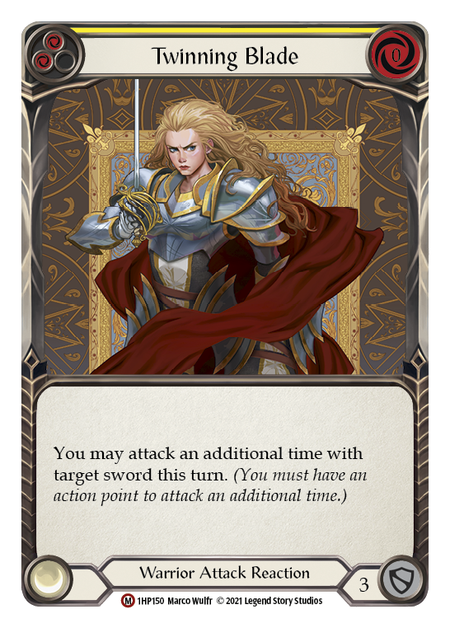
The Meta to Come
As more sets come out, Dorinthea seems poised to potentially grow stronger – both from new cards and from more heroes being added to the game, hence diluting her presence in the environment and meaning one is more likely to encounter opponents unfamiliar with her tricks.
Currently, the upcoming Outsiders set doesn’t look like it is likely to provide a lot of cards for Dorinthea to include directly (though of course there’s the potential for strong generics). However, insofar as it brings about more Ranger and combo Ninja play, the set may prove to be a blessing in disguise for Dorinthea players. Traditionally, Dorinthea has been very advantaged in those matchups, with the ability to threaten powerful on-hit effects while also featuring good enough defense to disrupt key parts of the opponent’s plan. Unlike some other aggressive decks, many Dorinthea builds are running mostly three-blocks, pack a lot of armor, and already incorporate defense reactions (like the classic Steelblade Shunt), which may prove useful in countering Uzuri’s surprises.
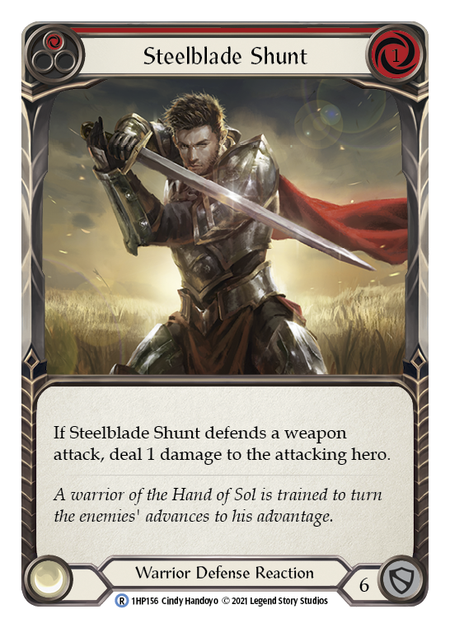
Further, signs currently point to more from Dorinthea in the future. I think the upcoming Dusk Till Dawn release may well see some new support for Dorinthea in a more direct sense.




